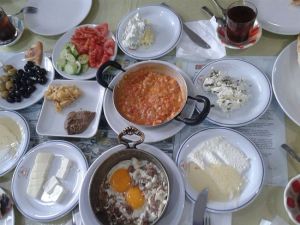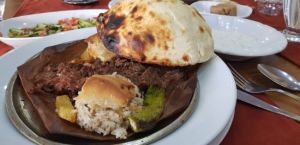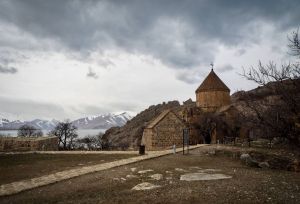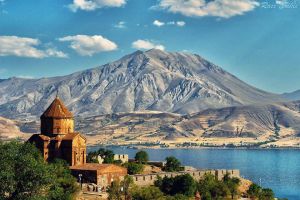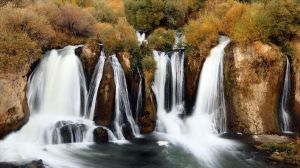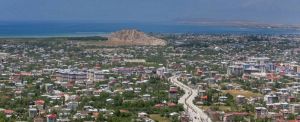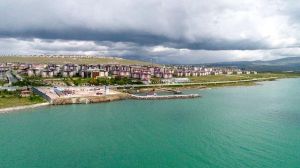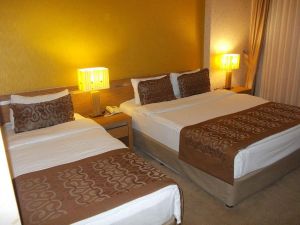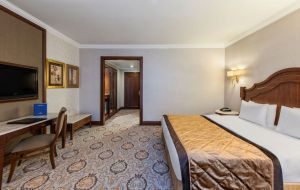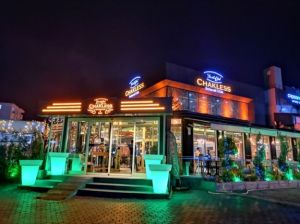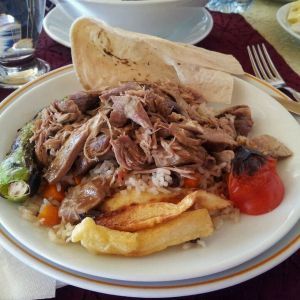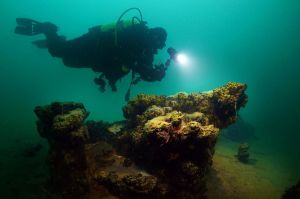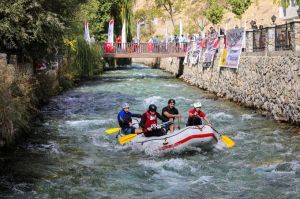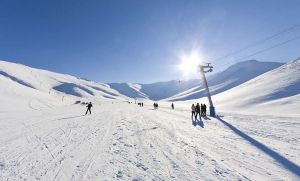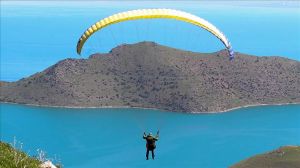at a glance
Van is the nineteenth most populous city in Turkey. It is located in the Eastern Anatolia Region. Van Province is the largest province in this region in terms of population. It is bordered to the north by Agra, to the west by Bitlis, to the southwest by Siirt, to the south by Hakkâri Province, and to the east by Iran. On the shores of Lake Van, the largest enclosed basin in Anatolia, it is a settlement center with fertile soil, abundant rivers, and very favorable climatic conditions. It is one of the oldest still inhabited cities in the world.
Although the origin of the name Van is not yet fully understood, some important opinions on the subject are as follows:
Evliya Çelebi states in his Travelogue that Alexander the Great gave the city the name of a temple called Vank in Van Castle.
According to another legend, Van is a very old city. Oh, my God. In the 1900s, it was named Shahmerimekerd in honor of the Assyrian angel Meshure Sah Maryam (Semiramis). Later, during the last period of the Qianlong Dynasty, the governor named Van expanded and beautified the city, so the city became known as Van after this administrator.
The most plausible and scientific view of the origin of the name Van is that it comes from Urartuja Biane or Viane. In all historical sources, the Urartians called themselves Bianili. During the rise of the Urartians, many cities and human communities were gathered in the Van region under the name of Biate.
The history of human settlement in Van dates back to M. Oh, my God. It goes back 7,000 years. It's six kilometers from Van Castle. Excavations at Tilkitepe in the south and Ernis Cemetery in the north of Lake Van have found settlements dating back to the Chalcolithic, Bronze and Iron Ages.
The city was first founded by the Assyrian Queen Semiramis. At the time of the Urartians, the city became the center of an empire. The capital of the Urartians was Tuspa, as they called Van at the time. The castle of Van, from the Urartians, has been standing for 3,000 years.
Van, like all other provinces in the Eastern Anatolian region, has significant potential in terms of history, nature, culture and winter tourism. In addition to these, Van ⁇ da has a potential for maritime tourism.
Travel Plans
Accomodation
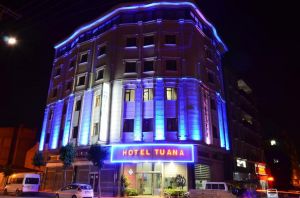

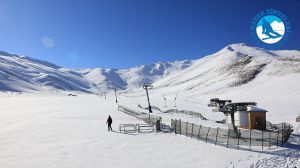
Where to eat
